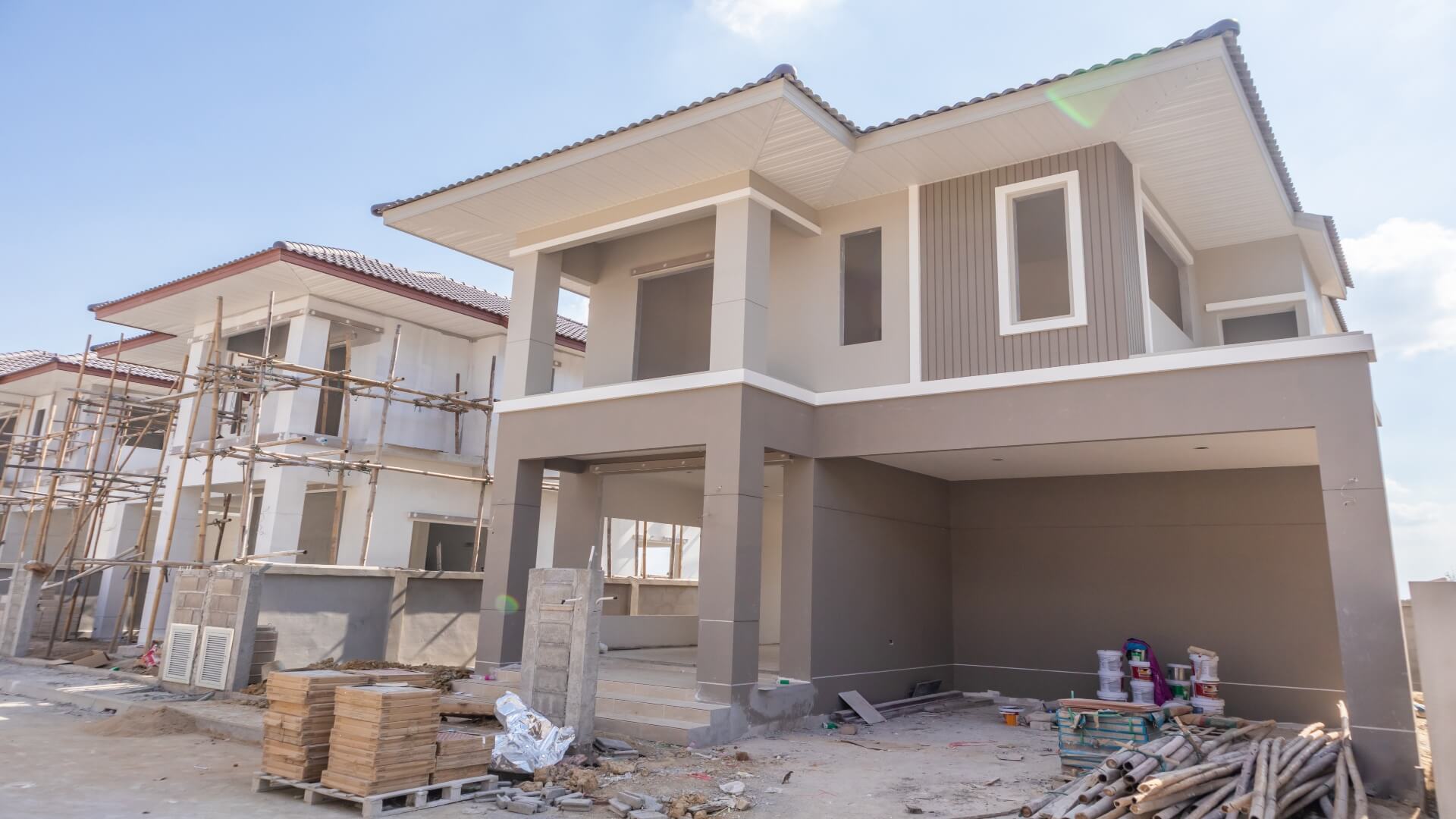The housing market is no stranger to unusual market trends. The coronavirus pandemic saw rising prices rise yet further, as demand spiked despite reduced activity across industries. In 2022, though, new challenges emerge for the housing market and the construction industry behind it, relating to rising costs and the impact on consumers.
Inflation and the Construction Industry
The rising rate of inflation has been front-page news for nearly a full calendar year, as various national and international pressures have forced costs up near-universally. The biggest single factor in the rising rate of inflation has been the rise in cost of energy, with domestic households facing a doubling of their energy bill in winter 2022 – even after government intervention, which prevented bills from quadrupling.
These costs are affecting businesses more profoundly, as no price cap existed for business rates until the government intervened in September. Naturally, the cost of energy and fuel together represent key overhead costs for the construction industry in general. However, the most impactful price increases in construction relate to the sourcing of building materials which will cost more to produce.
Timber for example was already something of a precious resource at the end of 2021, with supply disruption contributing to a significant hike in trade prices. Today, though, inflation has seen material costs leap across the board – with unavoidable knock-on effects on the overall cost of building.
The Housing Market
The hike in cost to construction businesses is naturally a threat to profitability and employment, but the key impact to measure is that on the housing market. Prospective buyers in the housing market have already faced difficulty, as prices continue to rise through sheer demand for property. But rising building costs mean that previously affordable entrants to the market in the form of new builds are also creeping up in list price.
As a result, house buyers are engaging with the market in different ways. Buyers over the age of 55 are increasingly considering an equity release mortgage to facilitate the early payment of mortgage debt, while younger prospective buyers are looking at more unique ways to make non-standard properties work for them.
It’s also worth mentioning that new tenants will find it increasingly difficult to find an affordable home to rent as all of the factors mentioned above will push demand even higher than before.
Looking Ahead to 2023
The Bank of England has intimated that the inflation rate will reduce considerably in 2023, coming down from double figures to stabilise at 2%. But the path to 2% is a rocky one, strewn with new challenges. For one, the Bank of England’s interim plan to increase interest rates will have a serious impact on mortgage-holders, who may see their payments increase considerably with new rates.
For another, a reduction in inflation will not reverse the price action of the previous year. As such, construction businesses and house-buyers alike will continue to weather higher prices – with untold impacts for house prices going forward.

































